Understanding my toddler (2 to 5 years)
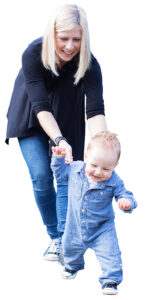
Between ages 2 and 5, children grow and learn very quickly. They start to understand more about the world and become more independent. This helps them get ready for school and later life.
Living with toddlers and preschoolers can be fun but also tricky! They live in the moment. They are honest, curious, and very real. But sometimes parents can find it hard to understand them. Grown-ups can forget what it feels like to be small, to need help, and to feel big emotions without knowing what to do.
Toddlers’ brains are growing really fast. However, adults often see their growing brains as behaviours that feel difficult to respond to. This is usually seen as deliberate tantrums, whining, or clinginess, and not a normal part of growing a toddler brain and learning how to do manage emotions. This can often leave parents feeling like they’re doing something wrong.
That’s why it’s important to understand toddlers, find ways to be in charge and respond with kindness, whilst supporting their development. This is not always easy! We hope the following sections might help with this.
Raising a toddler is hard work
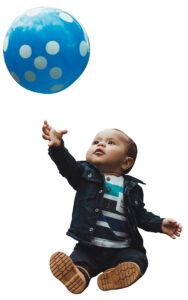
Would you like to strengthen the relationship with your toddler so it feels less of a battle?
Toddlers are different from babies; they start to become more wilful and develop more control over their own bodies and caregivers expectations change. Toddlers sometimes think they can do more than what is safe or possible and caregivers sometimes think toddlers can manage more than what their brain development allows. Conflicts can happen hourly. They are a typical part of development, but can be very frustrating and draining. Sometimes we get stuck and begin to feel bad about ourselves or about our toddler. It is not uncommon to feel like our toddler doesn’t like us or that we don’t like them very much.
Being a toddler is hard work
Early childhood is a time of tremendous brain development and being a toddler can also be hard work. When intensely felt emotions overwhelm a toddler, their brain is not able to maintain rational control and there is a partial shutdown, often resulting in feeling threatened and experiencing a ‘meltdown’. Often, as adults, we try to reason with a child and appeal to a part of the brain that isn’t fully functioning.
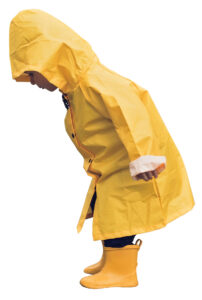
Are you ready to better understand your toddler and try a different approach?
Understanding
We can’t expect to change the toddler but we can help caregivers think about what it’s like to walk in their toddler’s ‘wellies’ and how as a caregiver, you might help by doing something differently.
What to expect?
We visit you at home or in a local children’s centre for up to three sessions. With permission, we might record you and your child playing or interacting to help us focus on what is going well and what we can do more of.
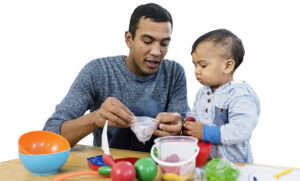
Are you willing to think about how ‘we’ can change, rather than how ‘they’ need change?
Useful information
Let’s talk about bonding and attachment
Let’s talk about bonding and attachment
Bonding and attachment both mean feeling close, but they are a little different. Bonding is how a parent starts to feel love for their baby, even before the baby is born. Attachment is the strong, lasting love a baby feels for the person who takes care of them. This is not always easy and can sometimes take a lot of effort to start and build.
Children can love and feel safe with more than one person, but the strongest attachment is often with the people who cared for them when they were very little.
Bonding and attachment, especially in toddlers, is important for a child’s development and well-being. When little children feel loved and safe with their parents or caregivers, they grow up feeling happy and good about themselves. This makes it easier for them to make friends and try new things.
Sometimes, it can be hard to feel close, especially if the grown-up is trying to cope with big feelings themselves. Lots of people also don’t have others to help them and this can feel lonely. There is support available.
Help with bonding and attachment
What can help with bonding
Let’s talk about feelings
Let’s talk about feelings
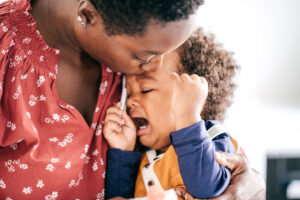
Crying baby
Emotional regulation
Learning to understand feelings is a big and important part of growing up. This is called emotional regulation. It means knowing how to deal with our feelings in a good way. Children don’t learn this all at once, it takes time and help from adults.
To help your child learn to manage feelings, it’s important for you to notice your own feelings too. How you react can affect how your child feels. This is called co-regulation, it means staying calm and connected so your child can learn to stay calm and not feel alone with their big feelings.
Young children need adults to help them understand and deal with big feelings. When you stay calm, it helps their brain feel safe and settle down. Sometimes, you might need help with your own feelings first, so you can be there for your child.
Help with your toddlers feelings
Emotional regulation steps
- Notice the emotion: With little ones, this includes naming what they are experiencing. This leads to emotional literacy.

- Accept and allow the emotion:
Allow the full expression of emotion. This may include crying, shouting, stomping and placing firm boundaries on behaviour that is unsafe to them or others.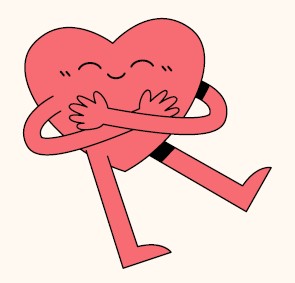
- Wait for the emotion to pass: For all ages, emotions will naturally calm down. When we allow them to be fully experienced, calmness can over time show up faster.

- Find a strategy that works as a release:
Some ideas may be:
- Comfort for soothing and sadness.
- Walking, stomping or roaring like a lion for anger.
- Hot chocolate breaths, drawing, or a massage for anxiety.

After the emotion has passed you can then talk about, what has happened and problem solve the situation (for example: what is happening that makes anger show up so much? Are you feeling sad or lonely?
Help with your feelings
Tantrums and marvellous meltdowns
Tantrums and marvellous meltdowns
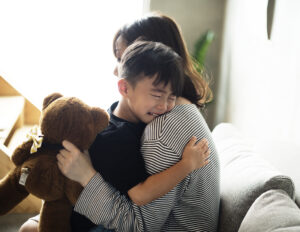
Tantrums, what we like to call “marvellous meltdowns”, are a normal part of being a child. These meltdowns happen when children feel really big emotions they don’t know how to manage yet. Their feelings are too big for them to cope with, so they show them in loud or strong ways because they don’t have the words yet. Examples of this might be shouting, biting or throwing.
When a marvellous meltdown happens, children need their grown-ups to help them feel safe and calm. It’s okay for children to have big feelings, but it can feel scary and confusing for them. Grown-ups might find it hard to know what to do, too.
That’s why we made a “marvellous meltdowns” leaflet. It helps parents and carers understand what’s really going on for their little people and gives tips on how to help. The leaflet is below but we would really encourage parents and caregivers to go through it with a 0 to 19 specialist public health nurse (health visitor), so you also don’t feel alone with your emotions.
Help with marvellous meltdowns
- The Anna Freud website also provide information around tantrums.
- Anna Freud: Promoting young children’s self-regulation skills through play
- This podcast surviving tantrums explores how young children’s brains are hardwired for big feelings, how parents may unintentionally trigger outbursts, and how to manage tantrums at stressful times- like at bedtime or when the ice cream truck starts blaring its music
- This video also considers why children cannot always manage their intense emotions and aims to support parents and professionals.
Marvellous meltdowns
Marvellous meltdowns
Supporting big emotions in the toddlers and beyond

What is going on?
Toddler’s behaviour is how they tell us something the best way they can often without words. When we see a ‘toddler meltdown’ (for example, biting, hitting, screaming, crying), they may be trying to say:
- I need to feel safe and reassured

- I have a big emotion that I don’t know how to deal with
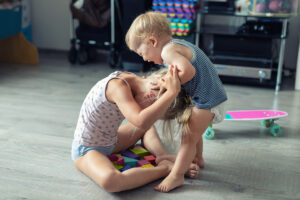
- Let’s play
- I need you and this is the only way I know how to show it
- I need some space
- I want to connect with you
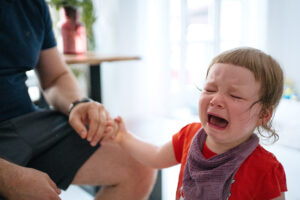
Why is it happening?
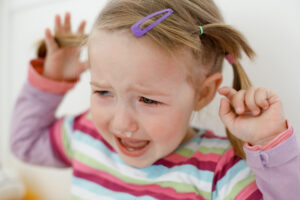
The upper area of a toddler’s brain is still developing, which means:
- toddlers have less control of their body and impulses (so they may hit, bite or fall to the floor)
- toddlers can’t name feelings and emotions (so may scream and cry)
- toddlers find it hard to see your point of view and can’t understand logic (so responding with reasoning doesn’t work!)
Remember
- Perfect parenting doesn’t exist. Feeling angry or frustrated is normal, you are doing your best. We all struggle at times to ‘get it right’. Try thinking about ‘good enough parenting’ and how we might do it differently next time. Take this chance to show your toddler how to repair by re-connecting in a way that is safe and soothing for your toddler (this might include you as the adult saying sorry).
- Be consistent; it will take time, support and practice for children to learn how to deal with big feelings.
- It is hard for adults to manage big feelings. If you are finding it hard, ask friends or a professional for help.
- The 0 to 19 service, GP or local children’s centre are good places to start. Outside of these times, crisis assessments are carried out by specialist practitioners.
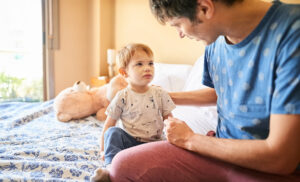 Notice what your toddler is doing in small, everyday moments (for example, when getting them changed or going to the shop) so they feel ‘seen and heard’ and know they are important to you.
Notice what your toddler is doing in small, everyday moments (for example, when getting them changed or going to the shop) so they feel ‘seen and heard’ and know they are important to you. - So, when your toddler looks at you or an object, let them know you have noticed with a simple response (for example, smile or say what you see them doing).
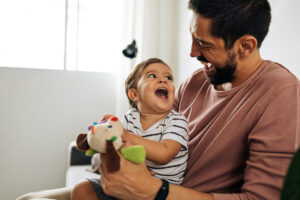
- When your toddler responds, remember to pause and notice this, give them space, take it in turns.
- Find ways to delight in them, again the small things count (for example, I love how you keep trying).
- Share your toddler’s enjoyment.
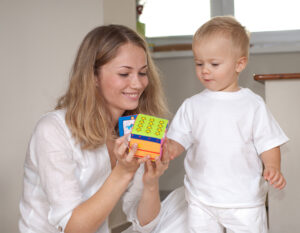
- Be ready to welcome them coming to you for help or for play.
- Try to set some time aside to have moments of quality play time together, and allow your toddler to take the lead.
Did you know?
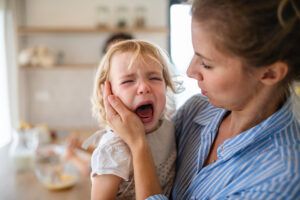
- Meltdowns are a sign of healthy development.
- Conflicts with toddlers can happen hourly.
- Challenging behaviours tend to reduce as children get better at talking and problem solving. Every time you talk to your toddler, or respond to them, you’re shaping their brain development.
Try to remember
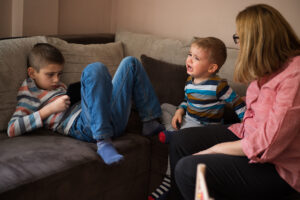
Toddler behaviour can be frustrating and upsetting, you may want to shout, lash out or teach your child a lesson. While these reactions are understandable, they are not useful.
Here’s why:
- they do not teach your child what to do instead of biting, hitting
- they learn to keep emotions inside rather than how to handle them.
- your toddler needs you to stay with them until they feel calm again because they don’t have the skills to do this by themselves. They need ‘time in’ not time out.
What can I do?
You can help your toddler with their big feelings using these 10 steps:
- Start with you being calm. Take a deep breath (ask for help if you find it hard to stay calm).
- Help soothe your toddler’s big feeling, some toddlers will need a cuddle, older toddlers might need you to stay nearby, some toddlers may need soothing with a soft blanket, teddy or music. The next steps work best once you and your toddler are calmer.
- If your toddler is biting or kicking, it is ok to safely put them down and step back, but calmly explain why, “I know you are cross but biting hurts.”

- Name the emotion, “I wonder if you’re angry that you can’t have the toy.”
- Separate the behaviour from the toddler so they know its the behaviour that you are unhappy with, not them. It might help to say “It’s ok to be angry but it’s not ok to throw.”
- Stay calm and nearby until the emotion has passed, the message here is that you are there for them and they are not left alone to manage the big feeling.
- When the toddler is calmer, offer a different activity that interests them, “let’s play with this toy instead” or “shall we look out of the window for birds?”. This means you and your toddler can reconnect while you stay ‘in charge’. It also helps your toddler to learn how to problem solve.
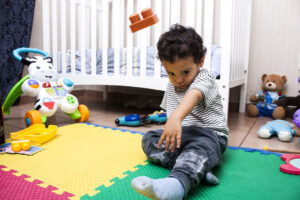
- Keep the boundary but make it short-lived, for example, keep a toy that was thrown out of sight until your toddler is ready to try again or help your toddler join in a game when they are calmer.
- Name the emotion, “you look happy to play with this toy.”
- Connect with your toddler by giving them your time and attention when they are back to being calm, curious or playful.
More time connecting, less time correcting
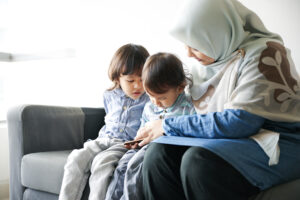
- Talking with your toddler is really important. When they ask for your connection, responding to them helps them learn and grow.
Let’s talk about play
Let’s talk about play
When children are between 2 and 5 years old, they grow a lot in how they understand and play with others. You can start to see their personality more clearly. They begin to learn about their own feelings and start to notice how other people feel too. They make early friends and learn simple rules like taking turns and sharing. It is important to remember that this is the start of these skills, and they will continue to develop as they get older.
At 2 to 3 years old, toddlers want to do more things by themselves. They start playing with other children, not just beside them. This is a good time to help them learn about being kind and fair. Talking about what’s happening to help them understand, like saying, “Thea is looking at your cars. Do you think she wants to play?”
Sometimes toddlers feel mixed up. They want to be independent but still need help. This can lead to more meltdowns. They are also learning how powerful words like “no,” “mine,” and “I’ll do it!” can be.
Toddlers can be helped by teaching them simple feeling words or using a feelings chart. Giving them small choices can show that what they think matters.
Making sense of their world

When children play, they learn about the world, their feelings, and how to get along with others. It really helps when children get to choose what and how they want to play. There are lots of different ways to play. For example:
- using your imagination
- playing by rules
- playing alone or with friends
- pretending
- being loud or quiet
- running around and climbing
All of these kinds of play are good. What matters most is letting children follow their own ideas while grown-ups stay nearby to help. This helps children feel good about themselves and makes their imaginations even stronger.
Help around play
- The Anna Freud website also provide information around play
- NHS Start for Life: Playtime activities and bonding with your toddler
- Watch me play is a simple way for parents or carers to support and enjoy being with their baby or child, aged from birth to around eight years old. See about watch me play for more information
- NSPCC Learning: Look, say, sing, play early years resources to use and share with parents
- Leeds 50 things to do
Let’s talk about building my toddlers brain
Let’s talk about building my toddlers brain

Between ages two and four, children don’t grow as fast on the outside, but their brains and bodies are learning a lot. They get much better at moving, thinking, and talking.
In just a few years, a child will go from crawling and making baby sounds to running, jumping, and telling fun stories. They learn to follow directions, sort things, and understand colours, shapes, and simple ideas about time. They also start using their imagination more and solving little problems on their own.
Help for building a toddler’s brain
- Relevant resources and advice to support development of spoken language skills. Read more on expressive language provided by Leeds Community Healthcare
- Leeds for Learning : EYFS home learning, communication and language
- NSPCC Brain Building: Look, say, sing, play tips


